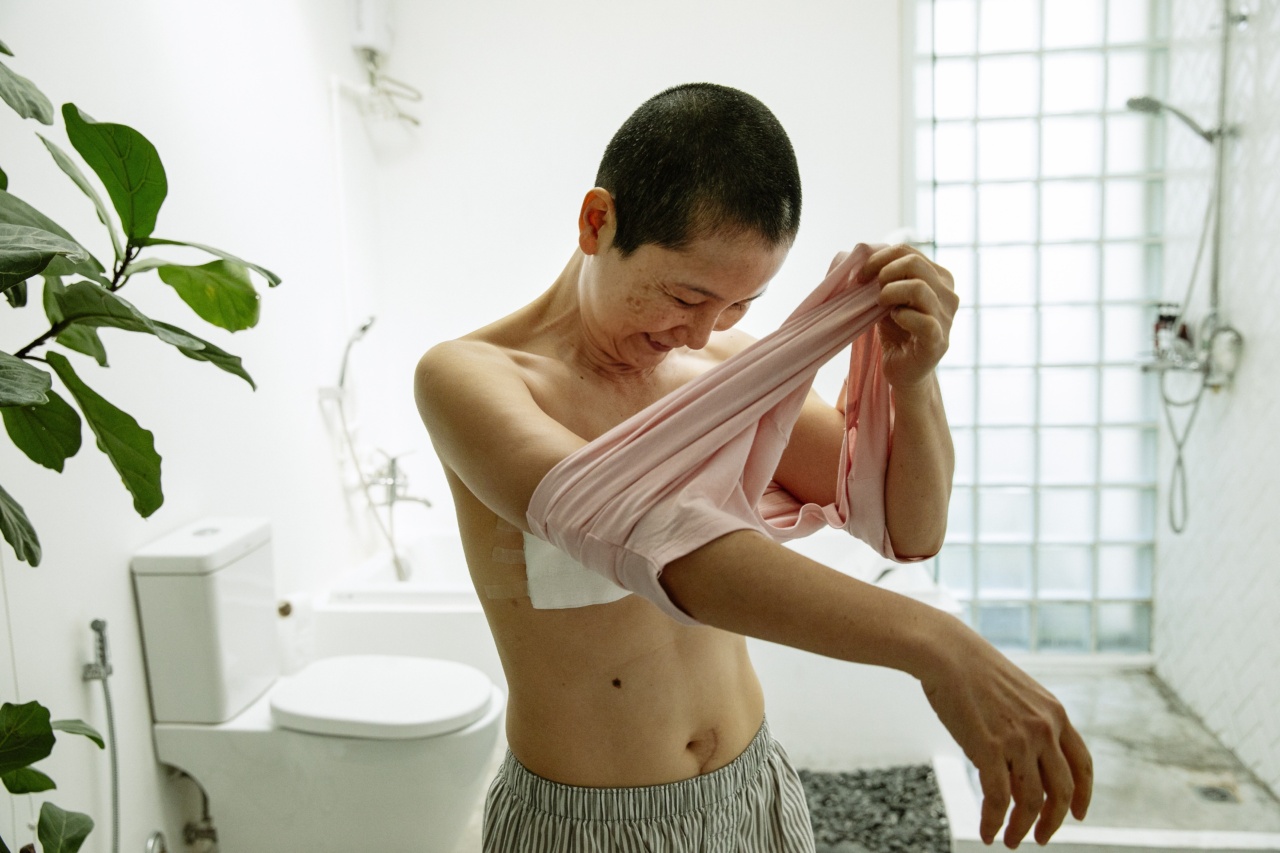Hair loss is a common problem that affects millions of people worldwide. In recent years, hair transplant surgery has become a popular solution for those suffering from hair loss.
If you are considering hair transplant surgery, here is everything you need to know.
What is Hair Transplant Surgery?
Hair transplant surgery is a surgical procedure that involves removing hair follicles from one part of the body (usually the back or sides of the head, where the hair is thicker) and transplanting them into the balding area.
The transplanted hair follicles will continue to grow hair in the new area, making the balding area appear fuller.
Types of Hair Transplant Surgery
There are two main types of hair transplant surgery: follicular unit transplantation (FUT) and follicular unit extraction (FUE).
Follicular Unit Transplantation (FUT)
Follicular unit transplantation (FUT) involves removing a strip of skin from the back of the head, where the hair is still thick, and then extracting individual hair follicles from that strip. These follicles are then transplanted into the balding area.
FUT is a more invasive procedure than FUE, and it leaves a linear scar on the back of the head.
Follicular Unit Extraction (FUE)
Follicular unit extraction (FUE) involves extracting individual hair follicles directly from the donor area using a special surgical device. These follicles are then transplanted into the balding area.
FUE does not leave a visible scar, and it involves less downtime than FUT.
Candidates for Hair Transplant Surgery
Not everyone is a good candidate for hair transplant surgery. Ideal candidates for hair transplant surgery include:.
- Men or women with male or female pattern baldness, respectively
- People with sufficient hair at the back and sides of the head for harvesting follicles
- Individuals with good overall health
Before, During, and After the Procedure.
Before the Procedure
Before the procedure, your surgeon will evaluate your hair loss and recommend the best type of hair transplant surgery for you. You may also need to undergo some tests to determine if you are a good candidate for the procedure.
During the Procedure.
The procedure takes several hours to complete, depending on the size of the transplant area. You will be given local anesthesia to numb the area, and your surgeon will then make tiny incisions in the balding area.
The hair follicles will then be transplanted into these incisions.
After the Procedure
After the procedure, you may experience some swelling and discomfort. You will also need to take some time off work to allow the incision sites to heal. Your surgeon will give you specific instructions on how to care for your scalp after the procedure.
Risks and Side Effects
As with any surgical procedure, hair transplant surgery carries some risks and side effects. These can include:.
- Bleeding and infection
- Scarring
- Swelling
- Itching
- Numbness or lack of sensation in the scalp
Results
Most people see significant improvement in their hair after hair transplant surgery. The transplanted hair may fall out after a few weeks, but it will grow back within a few months.
Your surgeon will provide you with specific information about what to expect after the procedure.
Cost
The cost of hair transplant surgery varies depending on a number of factors, including the type of procedure performed, the size of the transplant area, and the geographic location of the surgeon.
In general, hair transplant surgery can cost anywhere from $4,000 to $15,000.
Conclusion
Hair transplant surgery can be an effective solution for those suffering from hair loss. If you are considering hair transplant surgery, be sure to research the different types of procedures and find a qualified and experienced surgeon.





























